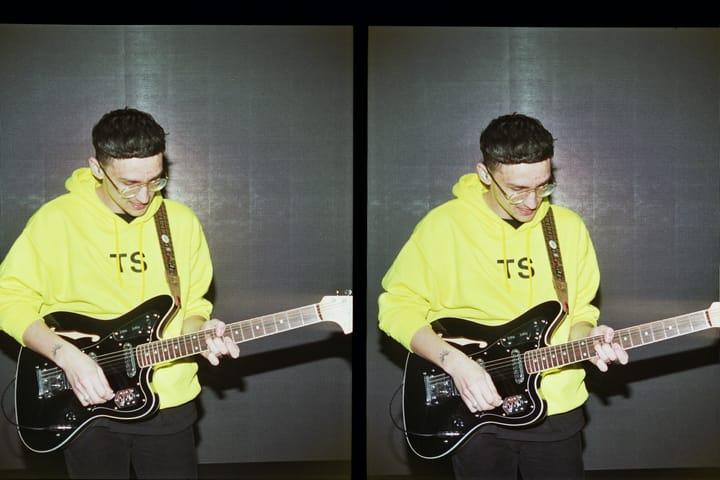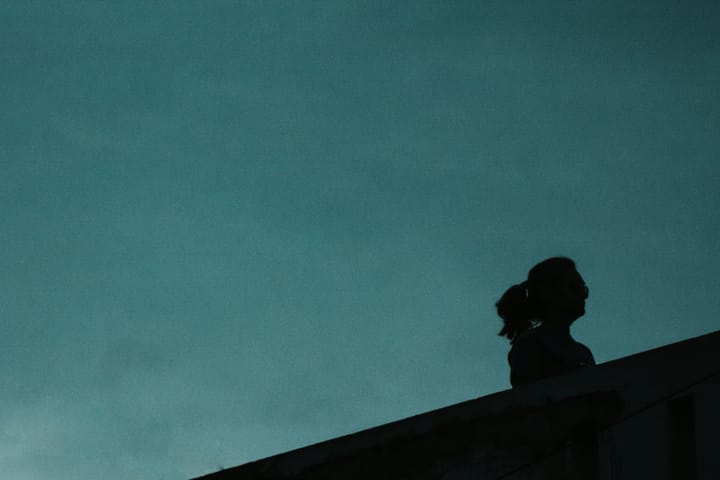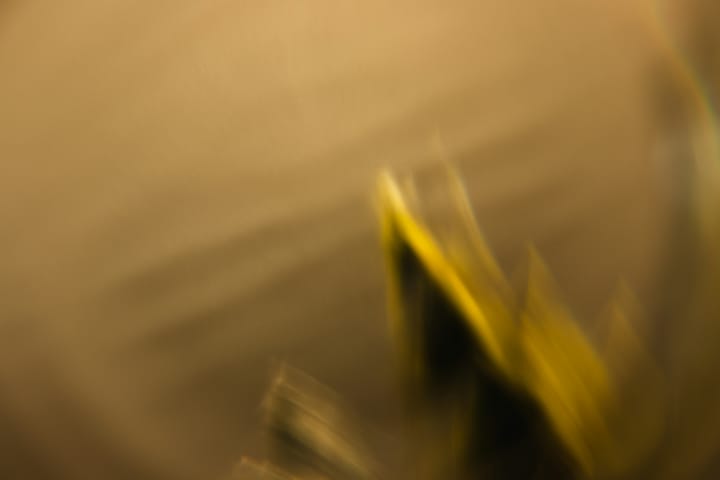"The Angels want to wear my red shoes." - E. Costello
In a surreal twist that blurs the line between art and reality, a cryptic phrase from Elvis Costello’s 1977 hit *“(The Angels Wanna Wear My) Red Shoes”* has sparked a wave of creative tributes, fan theories, and even philanthropic initiatives

In a surreal twist that blurs the line between art and reality, a cryptic phrase from Elvis Costello’s 1977 hit “(The Angels Wanna Wear My) Red Shoes” has sparked a wave of creative tributes, fan theories, and even philanthropic initiatives. The line, famously warbled by Costello in his signature snarl, resurfaced this week after an anonymous art installation featuring hundreds of red shoes appeared overnight on the steps of Los Angeles City Hall. The display, tagged with the lyric “The Angels want to wear my red shoes,” has ignited speculation about its connection to both the song’s legacy and broader cultural themes of rebellion, identity, and consumerism.
Costello’s track, originally penned as a scathing critique of hollow glamour and societal facades, has long been dissected for its layered metaphors. The “red shoes” are often interpreted as symbols of desire, vanity, or the performative nature of fame. Now, decades after its release, the song’s imagery is taking on new life. Local artists in L.A. claim the installation is a commentary on materialism and the pressures of perfection in the digital age. “It’s about what we parade for the world versus what we hide,” said Marisol Reyes, a curator involved in the project, who spoke anonymously to The Los Angeles Times. “The ‘angels’ aren’t divine—they’re us, chasing validation through things that don’t fit.”
Meanwhile, the cryptic stunt has gone viral, with fans across social media posting their own interpretations using the hashtag #AngelsWantMyShoes. Some have shared photos of battered footwear paired with stories of personal resilience; others have staged flash mobs in crimson heels from New York to Tokyo. Even Costello himself seemingly acknowledged the phenomenon, tweeting a cryptic “👠💃🔥” followed by, “Never thought I’d see my soles in the streets. Watch your step.”
The fervor has also spilled into philanthropy. A coalition of charities, led by the nonprofit Sole Purpose, announced a campaign urging donors to contribute red shoes to homeless shelters and refugee organizations. “If angels want shoes, let’s give them to those who actually need wings,” said director Amir Khouri at a press conference, standing beside a mountain of donated footwear. The initiative has already garnered support from major brands, with pledges to match every pair gifted.
As debates about the installation’s meaning rage on, music historians note the irony of Costello’s lyric—once a sneer at superficiality—now fueling both grassroots activism and avant-garde art. “It’s a full-circle moment,” remarked Dr. Lydia Chen, a pop culture scholar at UCLA. “The song mocked consumer culture, yet here we are, using its language to critique the same forces. It proves great art evolves beyond its creator’s intent.”
Whether the red shoes vanish as suddenly as they appeared or morph into a lasting movement remains unclear. But for now, the angels—whoever they are—seem to be walking among us, one scarlet step at a time.


